In this article, Clear cache: a guide for the main browsers, we are going to see how to clear the cache of major browsers. I will explain in detail all the steps to follow to clear the cache from the browsers on your computer and also from your smartphones.
Firstly, here’s a brief introduction to how the cache works. We’re going to find out how useful it is and why it’s important to clear your cache regularly. Let’s get started.
Table of Contents
What is the cache and what is it for?
As you are browsing the web from your computer or smartphone some of the information and content of the sites you visit is stored on your device.
This data is stored in the cache, which is a type of temporary memory. How does it work?
Every website is rich in content with images and text that are partly stored in the cache. This way, every time you visit a page that you have already reached previously, the loading time is significantly reduced.
It is important to understand that there are different types of caches, or rather, that this temporary data storage system is exploited in different circumstances.
The most obvious example, which is what we’re going to talk about today, is browser caching. You should know, however, that browsers aren’t the only ones that use caching.
This same system, in fact, is also adopted by smartphone applications and allows you faster access, just as it happens with web pages.
Similarly, caching is also used by computer hardware, particularly processors and hard drives. Again, the purpose of the cache is always the same: to speed up operations.
Then there is the search engine cache that allows users to access contents of pages that are temporarily unavailable. You have probably taken advantage of the Google cache by accessing the cache copy of a page that you were unable to view.
There is also another type of cache, the DNS cache where IP addresses are stored. If you’re interested in how to clear the DNS cache you can read the procedure in my guide on how to solve the error dns_probe_finished_nxdomain.
Clearing the DNS cache can also be useful if you encounter other errors: for example when the server DNS doesn’t respond.
When it comes to the browser cache, why is it so important to be able to clear it? Let’s look at that right now before we move on to how to clear your cache.
Why empty the cache?

In this article, Clear cache: a guide for the main browsers, I decided to focus specifically on the cache stored within browsers.
As mentioned before, caching is useful because it allows web pages to load faster. However, sometimes it is the cache itself that causes navigation problems.
For example, if you clear the cache, you can resolve the error 502 bad gateway or the Chrome Aw sanp error, a typical error you might encounter when using the Google browser. Clearing the cache data can also help to resolve the white screen of WordPress.
In general, what are known as caching problems can occur in a variety of situations.
The typical case is when a website has undergone changes, but our cache prevents us from accessing the updated version. In this case, there is a simple solution to the problem: clear the cache.
This is just one of the cases, in fact, there are also other reasons why it is important to clear your cache on a regular basis.
By clearing your cache you can prevent too much data from accumulating in the memory. It is also a way to prevent too much information from being stored in the browser itself.
In the latter case, however, always remember that if you delete not only the cache but also the cookies, you will have to re-enter your login details and personal settings, which will then be deleted.
Let’s get practical and see how to clear the cache of different browsers.
How to clear your browser cache from your PC
You may need to clear your cache from both your computer and one of your mobile devices. In this section I will explain how to clear your browser’s cache from your PC, while later on you will find the procedure to follow on smartphones.
Depending on the browser you use there are different ways you can use to clear your cache. Before explaining in detail all the steps to follow in order to clear the cache from the main browsers I want to explain a trick.
There is a key combination that allows you to quickly access the settings to clear your browser data and even the cache itself:
If you are using Windows as your operating system, just press Ctrl + Shift + Delete at the same time.
If, you are a Mac user you can do the same by pressing Commad + Shift + Delete.
In both cases, the shortcut works on any browser. In the following paragraphs you will find the step-by-step explanation to clear the cache on the main browsers (Chrome, Firefox, Microsoft Edge, Opera, Safari and Internet Explorer).
How to clear the cache on Chrome
Through the shortcut I explained earlier, you can directly access the browser cache settings.
This is the settings screen on Google Chrome. As we can see default history and cookie files are also selected automatically.
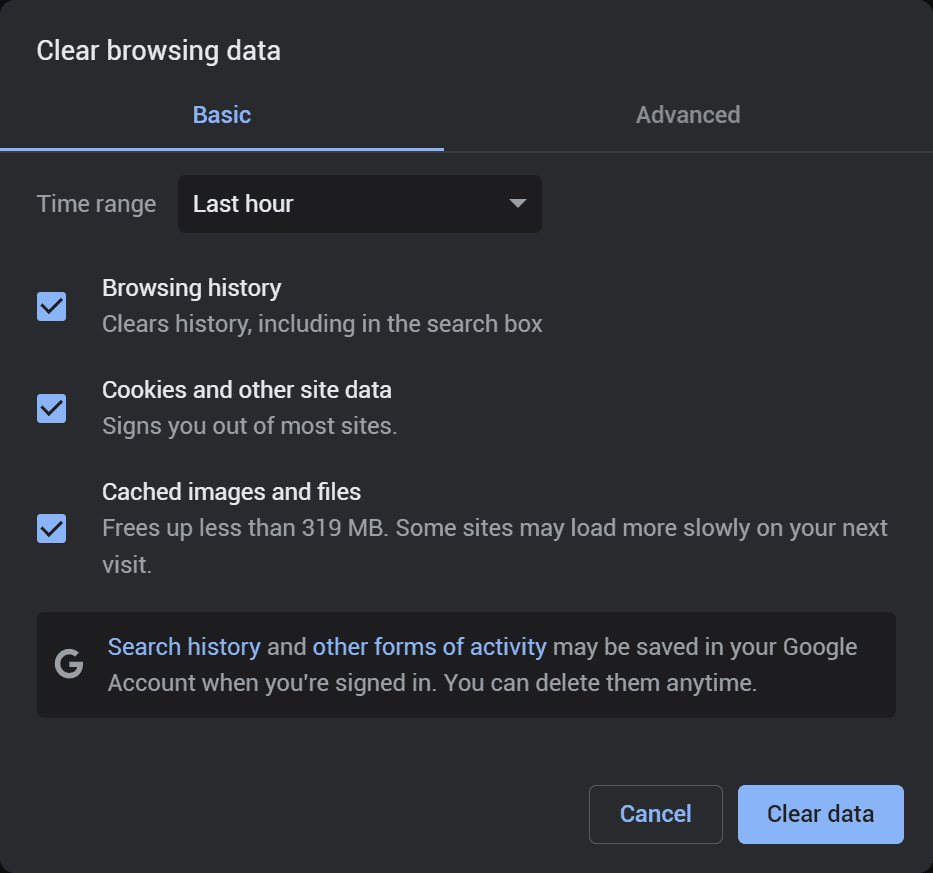
However, to only clear the cached data, just check the box next to ‘Cached images and files’ and then click the Clear Data button.
As you may have noticed in the navigation data settings you can also select the time interval. After changing the interval, which by default is set to the Last hour, by selecting the item All, we just need to always confirm by clicking on Clear data. In this way the cache will be cleared completely.
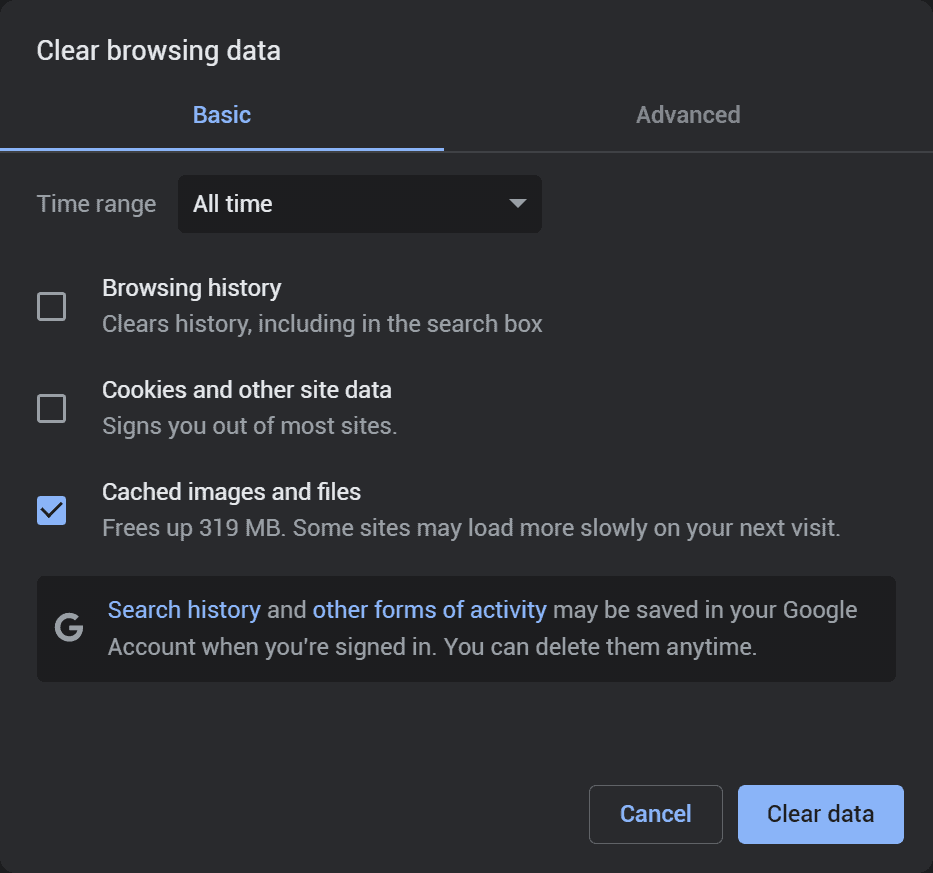
Alternatively to clearing the cache on Chrome you can also access the settings with another method.
Just click on the three dots from the browser and then click on Settings. Now from the tab related to Privacy and Security just choose the Clear browsing data option as shown below.
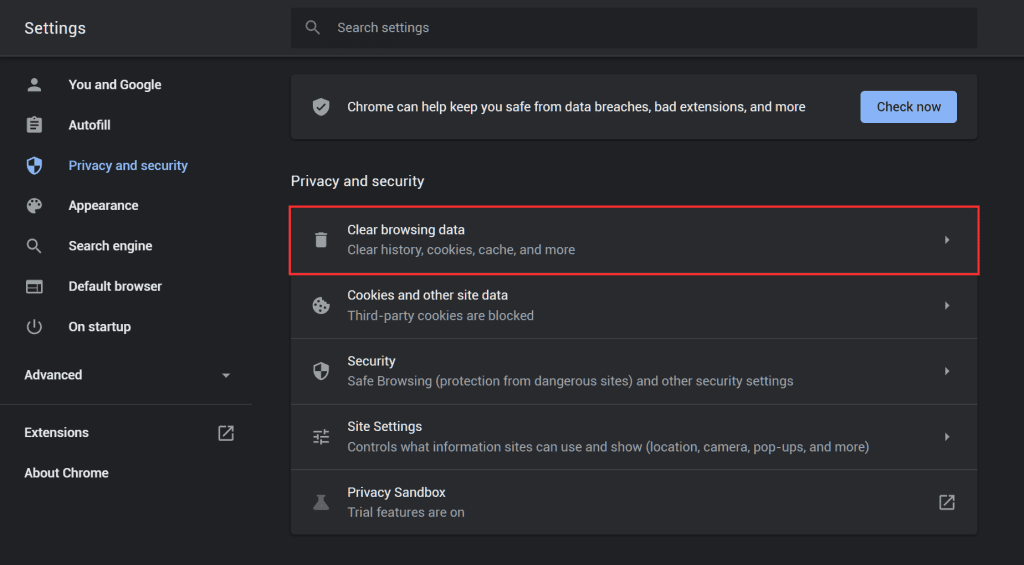
At this point, the same tab I showed you earlier will open and you only need to select the cache data before clicking Clear Data.
How to clear your cache on Firefox
Also on Mozilla Firefox you can use the same shortcut (Ctrl+ Shift + Delete) to quickly access the options that will allow you to clear the cache.
The key combination will bring you to a window like the one shown in the screenshot below. From this window you can choose which data to delete and which not. In our case, if you want to delete only the cache, just uncheck the other boxes.
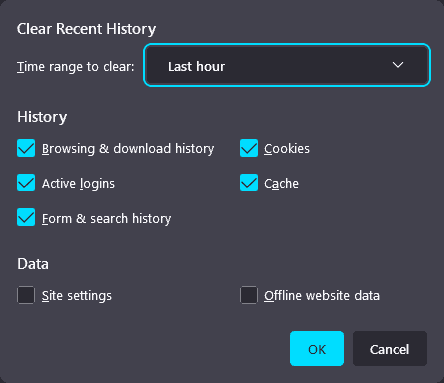
Alternatively, you can access the options from the menu with the three dashes and then go to the Privacy and Security tab. From here you can simply scroll down to the section on Cookies and website data and click Clear data.
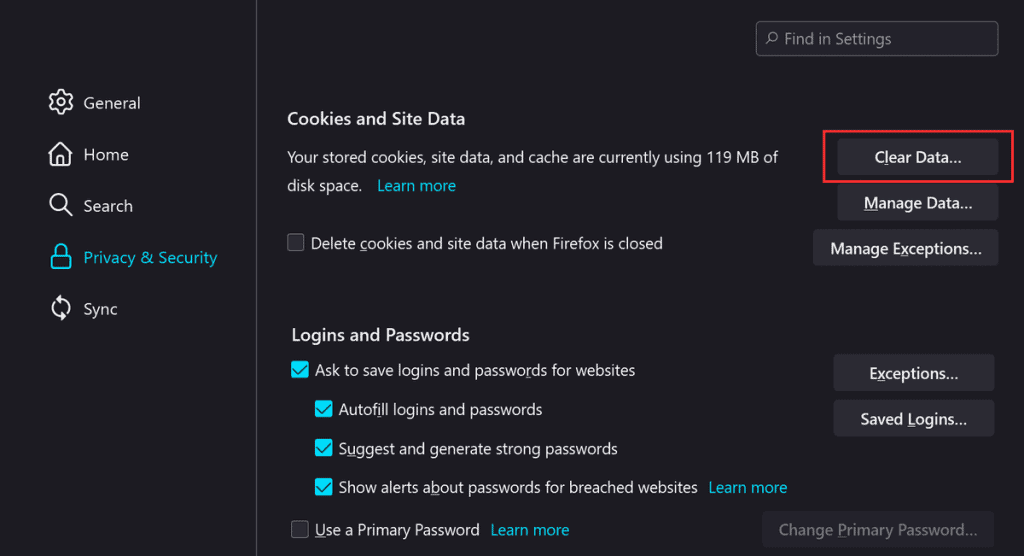
This will open a new tab where you can choose to clear both cookies and cache, or just the cache as in the example shown below.
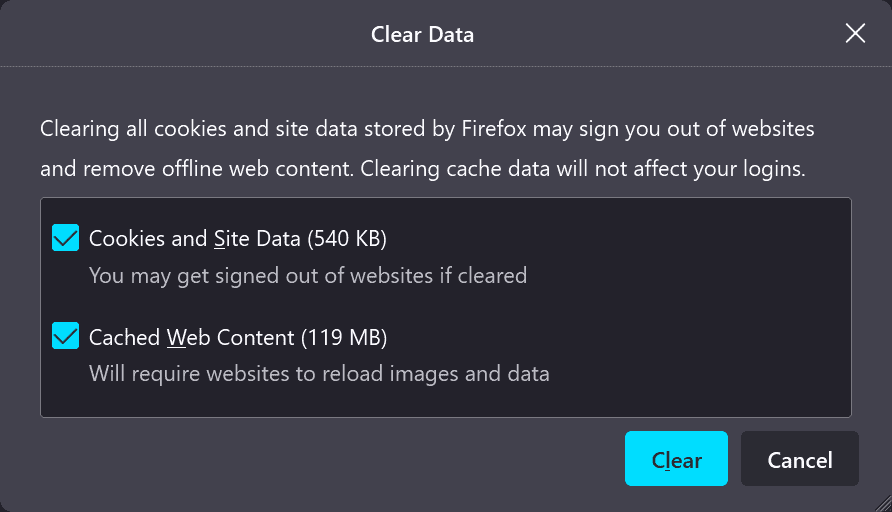
How to clear your cache on Microsoft Edge
In new devices running Windows 10, Microsoft Edge is replacing Internet Explorer as the default browser. If you use Edge you might be interested to know how to clear the cache from this browser, here are all the ways to do it.
Using the key combination (Ctrl+ Shift + Delete) you can directly access the window that allows you to delete the navigation data.
Again, if you only need to clear the cache, you’ll need to uncheck the history and cookie options, as you see in the screenshot below.
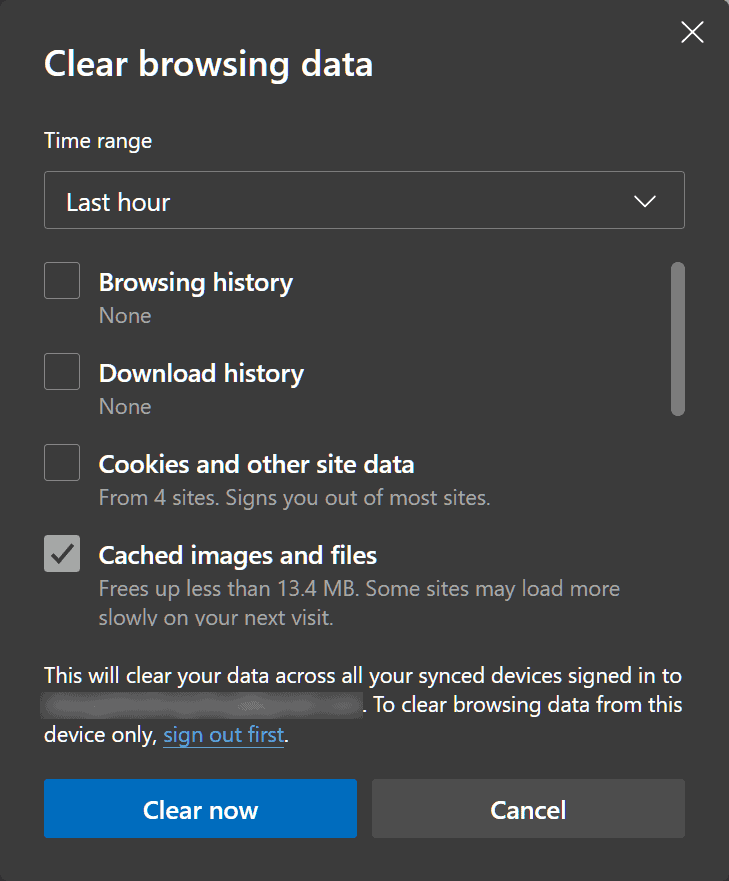
Another way is to click on the three dots in the top right corner and from there go to the History menu and then click on Clear Browsing Data.
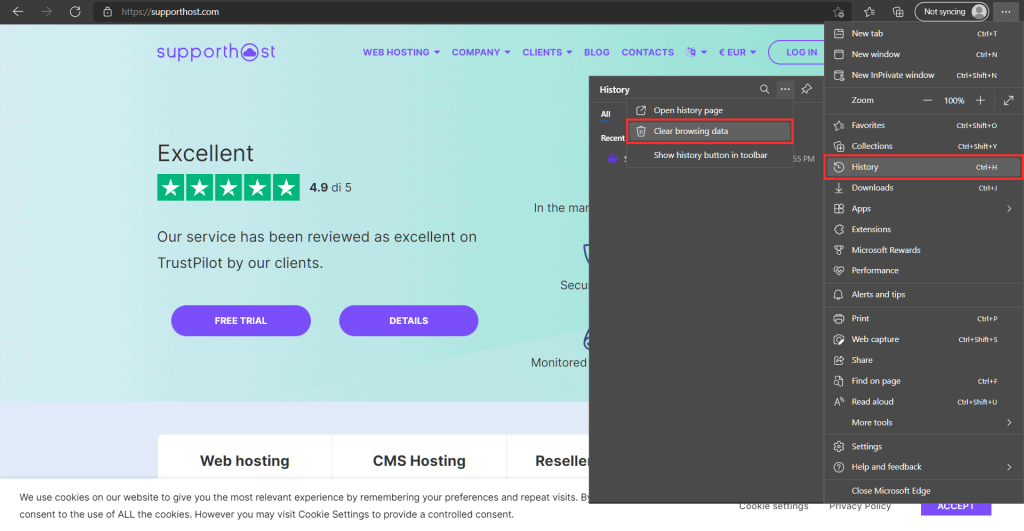
This will allow you to access the same tab shown in the screenshot above. From this tab you clear the cache by simply clicking Clear Now.
How to clear the cache in Opera
You can use the key combination (Ctrl+ Shift + Delete) to gain quick access to settings to delete navigation data in Opera.
You’ll see a screen like the one below and you can select which data to delete. In this example we have selected only the cache, but by checking the other options you can also delete history and cookies.
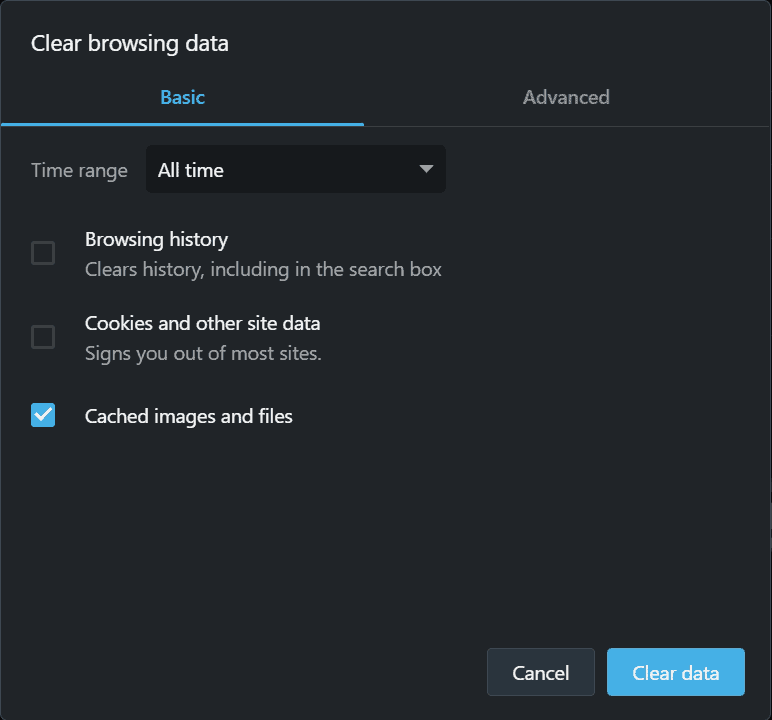
Another way to clear your cache is to manually access the delete browsing data options. After opening the browser, click on the Opera logo in the top left corner and click on History -> Clear Browsing Data.

The window we saw earlier will open and you will be able to select which data to delete (history, cache and cookies) and choose the time interval, for example deleting only the data from the last few weeks. After selecting the options click Clear Data.
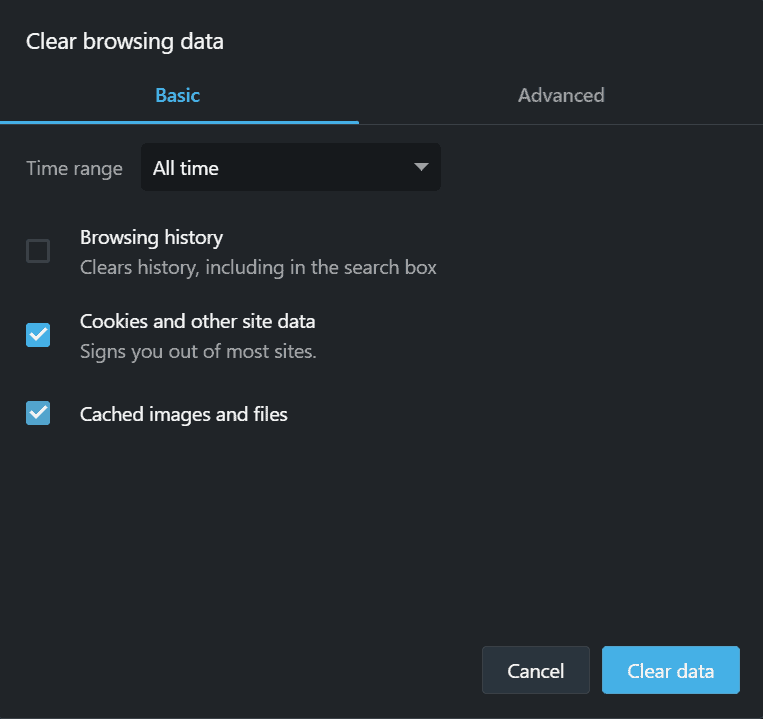
How to clear cache on Safari
Safari gives us two options to delete browsing data. The first one allows us to completely delete all history and cookies, let’s see how to do it with this first method.
We only need to open Safari and click History -> Show All History.

After that, we click Clear History in the top right corner as shown in this screenshot.

We will then be asked to choose the reference period, if we want to delete the history completely we select the entire period (All history).
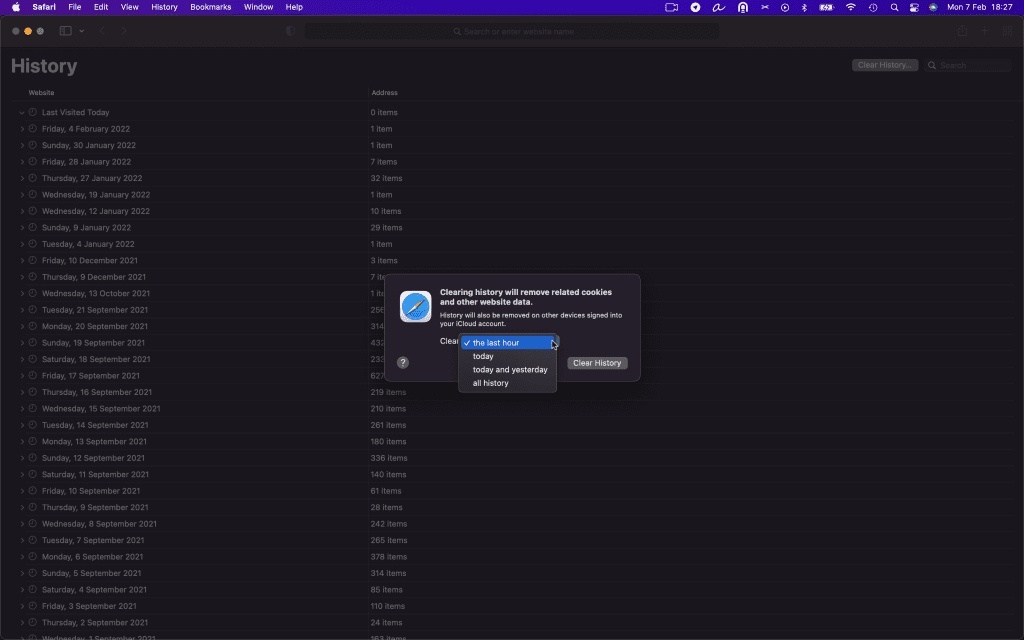
As we said, this system allows us to completely delete history and cookies, but what if we only want to clear the cache or delete the cookies?
In this case we can activate the Develop menu that allows us to clear Safari’s cache. The first thing we have to do is open the browser preferences and click on the Advanced tab. Here we’ll find the item “show develop menu in the menu bar” and we can check it.
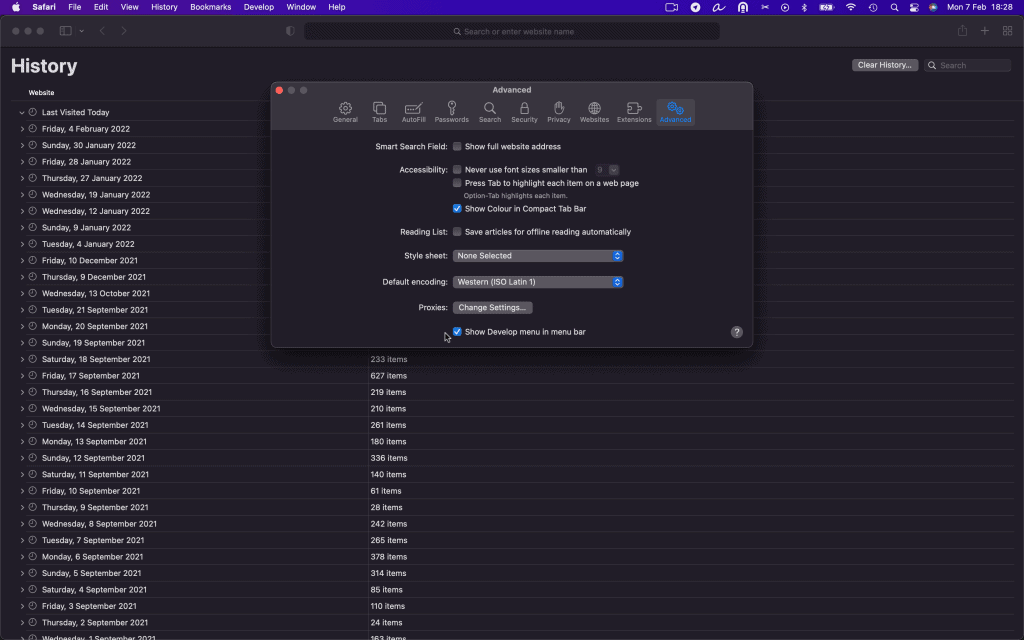
By doing so we’ll see the Develop menu appear from which we can click on Empty cache as shown below.
In some cases we may want to delete cookies from a single site, in this case we can open the settings and click on the Privacy tab. Here we will see the Manage website data button that allows us to access the stored cookies.
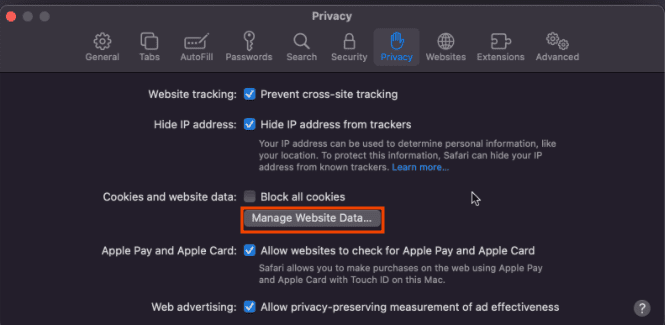
By selecting the cookies in the list we can delete them individually.
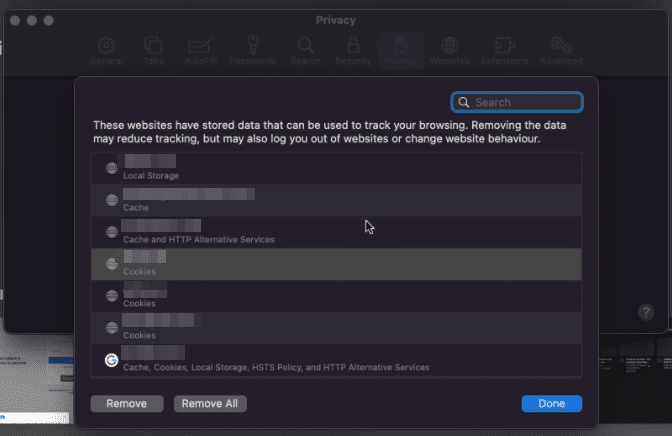
Keep in mind that this system allows us to delete all cookies from a specific site, but not individual cookies.
How to clear the cache in Internet Explorer
Also in this case, you can clear Internet Explorer’s cache using the usual shortcut. In this case, a window will open allowing you to select the browsing data you want to clear.
If you only need to clear the cache you only need to check the box next to Temporary Internet and website files as I show you here in this screenshot:
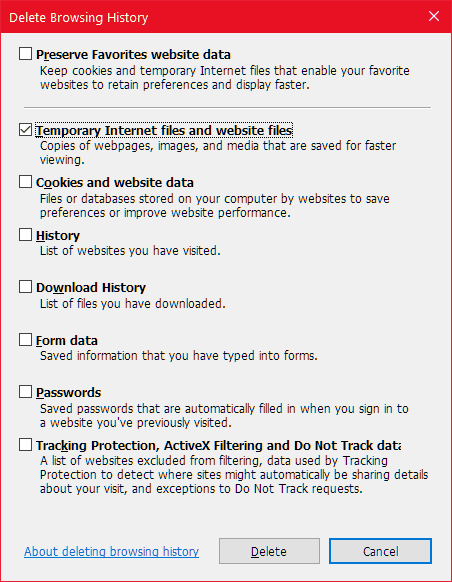
By selecting this entry, confirming and clicking delete your browser cache will be cleared.
Another way to clear the cache is to go through the Settings, Let me explain, if you use Internet Explorer 11. Firstly click on the gear icon and then on the Internet Options item.
Now from the General tab click on Settings as you see in the screen below. From here you can clear the cache of individual sites you have visited.
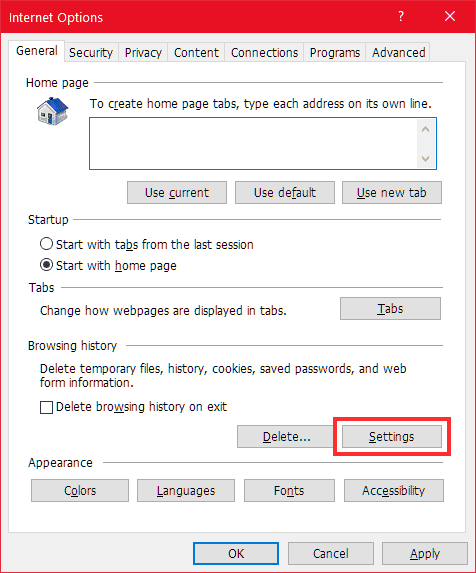
Alternatively, by clicking on the Delete button that you see next to Settings, you’ll find yourself back in front of the screen I showed you earlier and you can instead clear the cache completely.
How to clear cache on Android and iOS
Similar to what happens on your computer, the browsers on your mobile devices also store some information from websites within the cache.
When we talk about caching in mobile devices, it’s actually a broader issue. In this case, in addition to the navigation cache, individual apps also generate cache files.
This data stored on your smartphone is exactly what gives you the fastest access to recent apps.
Having said that, let’s get back to see how you can wipe out your phone’s browser cache.
Again, the procedure varies from browser to browser, and the steps are quite similar to those for desktop browsers.
In any case, below you will find the detailed procedure to clear cache on Chrome from mobile (both Android and iOS).
How to clear Chrome cache from Android
To clear Google Chrome’s cache, simply open the application and then click on the three dots. From the menu, click on History and then click on Clear Browsing Data.
This will open a tab where you can select the cache data item.
Also remember to choose the time interval by selecting All, in order to erase all data, as you can see here:
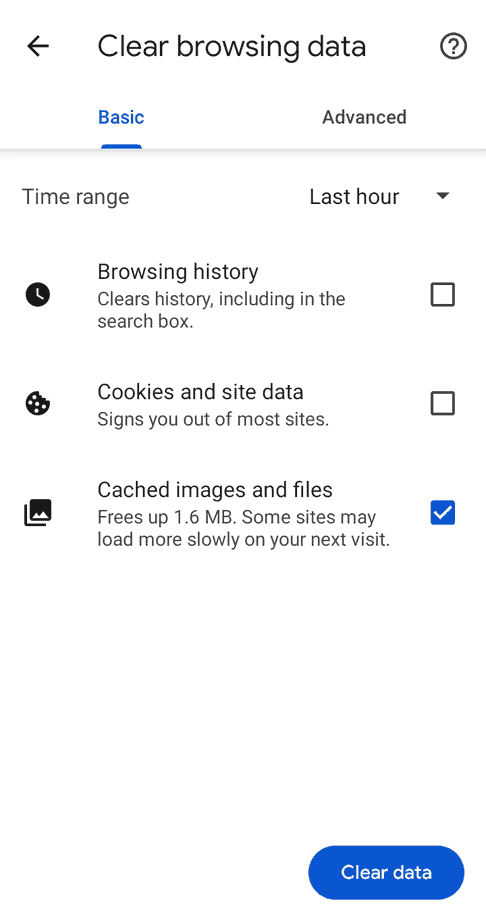
Clearing Chrome cache from iPhone and iPad
The procedure for clearing Google Chrome cache from your iPhone or iPad is similar to that for Android. After opening the Chrome app, tap on the three-dot icon and then tap on History.
From here select Clear browsing data and then check the option next to Cached images and files, then confirm by tapping on Clear browsing data.
Conclusion
In this article, Clear cache: a guide for the main browsers, we have seen the importance of caching to speed up website loads. We also talked about caching issues and cases where you need to clear the cache.
I showed you how to clear cache from your pc with the detailed procedure to follow for major browsers. Finally, we also saw how to clear Chrome cache from Android and iOS.
What about you? Were you able to clear your browser cache by following the steps outlined in this guide? Let me know in the comments below. Also, if you have any doubts about how to perform the procedure or would like to add something don’t hesitate to get in touch.



Leave a Reply